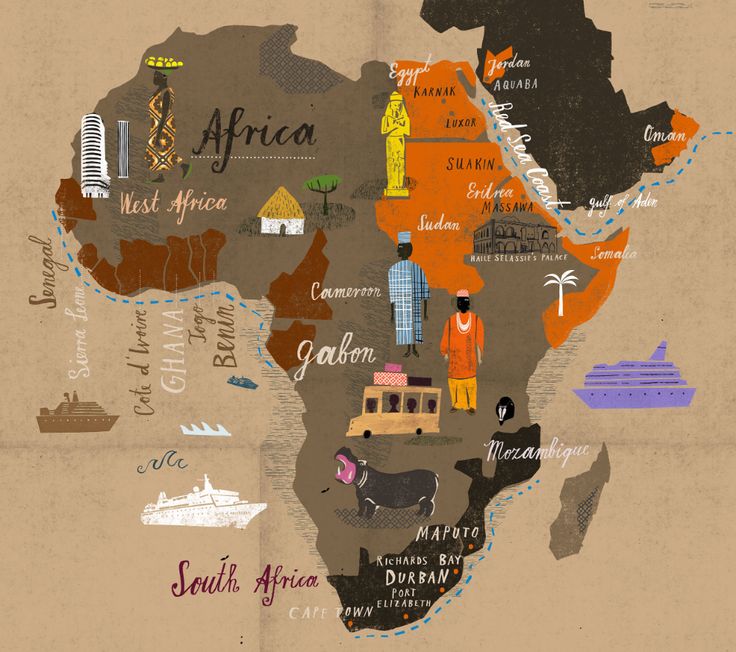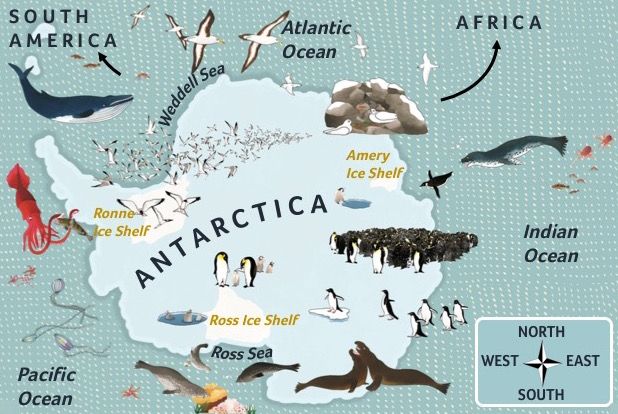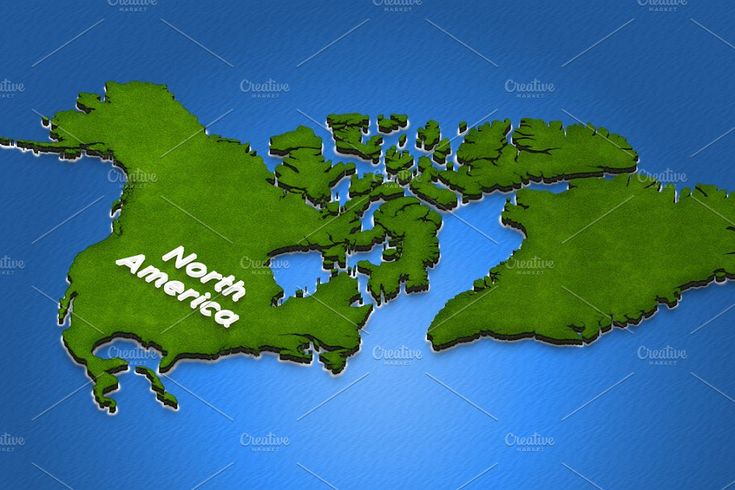Explore world
Experience Travel Like Never Before with JoyTravelling
Discover a new way to explore the world where every journey is filled with joy and wonder. At JoyTravelling, we create personalized travel experiences tailored to your desires, ensuring every moment is unforgettable.
Asia continental

Asia, the largest and most populous continent, is a land of immense diversity, both culturally and geographically. Spanning from the vast steppes of Central Asia to the bustling metropolises of East Asia, it is home to ancient civilizations and modern technological hubs. With landscapes ranging from the towering peaks of the Himalayas to the expansive deserts of the Middle East, Asia’s natural beauty is as varied as its people. The continent is a melting pot of religions, languages, and traditions, making it a fascinating tapestry of human history and cultural richness.
Europe continental

Europe is a continent rich in history, culture, and diversity, often referred to as the birthplace of Western civilization. It is home to some of the world’s most iconic landmarks, from the Eiffel Tower in Paris to the ancient ruins of Rome. The continent has been the center of many significant historical events, including the Renaissance, the Industrial Revolution, and both World Wars. Europe’s landscape is as varied as its cultures, featuring everything from the snowy peaks of the Alps to the sun-kissed Mediterranean coastlines. Despite its relatively small size, Europe is incredibly diverse, with over 40 countries, each with its own distinct language, culture, and traditions. Today, Europe is known for its economic power, cultural influence, and political integration through the European Union, which fosters cooperation among many of its nations.
Africa continental

Africa, the second-largest continent in the world, is a land of incredible diversity and natural beauty. It is home to 54 countries, each with its own rich history, culture, and traditions. Africa’s landscapes range from the vast Sahara Desert in the north to the lush rainforests of Central Africa and the savannas of the Serengeti in the east. The continent is known for its incredible biodiversity, including iconic wildlife such as lions, elephants, and gorillas.
Africa is also the cradle of humanity, with archaeological evidence showing that it is where the earliest ancestors of modern humans first appeared. Throughout history, Africa has been the site of powerful kingdoms and empires, such as Ancient Egypt, the Mali Empire, and the Kingdom of Kush.
Today, Africa is a continent of rapid change and development, with growing economies and vibrant cities. It faces challenges such as poverty, political instability, and environmental issues, but it is also a continent of resilience and innovation. Africa’s youth, cultural richness, and natural resources make it a place of immense potential and promise.
Antarctica continental

Antarctica is the southernmost continent on Earth, a vast and icy wilderness that is both awe-inspiring and extreme. Covering about 14 million square kilometers, it is the fifth-largest continent and is almost entirely covered by ice, with some areas reaching over 4 kilometers (2.5 miles) in thickness. Despite its harsh environment, Antarctica plays a crucial role in the Earth’s climate system, reflecting sunlight and helping regulate global temperatures.
The continent is the coldest, driest, and windiest place on Earth, with temperatures that can plunge below -80°C (-112°F) during winter. There are no permanent human residents in Antarctica; instead, it is home to a number of research stations operated by scientists from around the world who study everything from climate change to marine biology.
Antarctica’s wildlife is uniquely adapted to the extreme conditions, including iconic species like penguins, seals, and whales. The surrounding Southern Ocean is teeming with life, including krill, which is a vital part of the marine food chain.
Governed by the Antarctic Treaty System, Antarctica is dedicated to peaceful scientific research and environmental preservation. The treaty prohibits military activity, mineral mining, and nuclear testing, ensuring that Antarctica remains a natural reserve for future generations.
North America continental

North America, the third-largest continent, is known for its diverse landscapes and rich cultural tapestry. It stretches from the icy reaches of Greenland and Canada in the north to the warm, tropical regions of Mexico and Central America in the south. The continent includes a wide variety of environments, from the vast Rocky Mountains and the Great Plains to lush rainforests and arid deserts.
North America is home to 23 countries, including major nations such as the United States, Canada, and Mexico. It is a land of vibrant cities, like New York, Toronto, and Mexico City, and is culturally rich, with influences from indigenous peoples, European settlers, and a melting pot of immigrants.
The continent has a significant impact on global economics and politics, with its economies being among the largest in the world. It is also known for its natural beauty, with national parks and landmarks such as the Grand Canyon, Niagara Falls, and the Rockies drawing millions of visitors each year.
North America’s history is marked by indigenous civilizations, European colonization, and the development of powerful nation-states. Today, it continues to be a dynamic region with a blend of tradition and modernity, playing a crucial role in global affairs.
South America continental

South America is a continent of remarkable diversity and vibrant cultures, stretching from the tropical rainforests of the Amazon in the north to the icy landscapes of Patagonia in the south. It is home to 12 independent countries and a variety of landscapes, including the Andes mountain range, the world’s largest river basin, and vast deserts like the Atacama.
The continent boasts a rich cultural heritage, influenced by indigenous civilizations, European colonization, and a mix of African, Asian, and other immigrant cultures. South America is known for its lively festivals, diverse cuisine, and strong traditions in music and dance, such as samba in Brazil and tango in Argentina.
South America’s economy is driven by a mix of natural resources, agriculture, and tourism. The continent is rich in minerals, oil, and other resources, and its agricultural products, including coffee, soybeans, and wine, are significant exports.
Countries like Brazil, Argentina, and Chile are notable for their economic impact and regional influence, while smaller nations contribute their unique cultures and histories to the continent’s tapestry. South America’s landscapes and cultures offer a vibrant and varied experience, reflecting the continent’s complex and dynamic history.
Australia continental

Australia, both a country and a continent, is known for its stunning natural beauty and unique wildlife. It is the world’s smallest continent but the sixth-largest country by total area. Its landscapes range from the arid Outback and vast deserts to lush rainforests and beautiful coastlines.
Australia is renowned for its iconic landmarks such as the Great Barrier Reef, the world’s largest coral reef system, and Uluru (Ayers Rock), a massive sandstone monolith in the heart of the country. The cities of Sydney, Melbourne, and Brisbane are known for their vibrant cultural scenes, beautiful beaches, and modern amenities.
The country has a rich cultural heritage, influenced by its Indigenous peoples, British colonial history, and a diverse multicultural population. Australia is also recognized for its high quality of life, strong economy, and active involvement in global affairs.
With its distinctive flora and fauna, including kangaroos, koalas, and diverse marine life, Australia offers a unique environment that attracts visitors from around the world.
